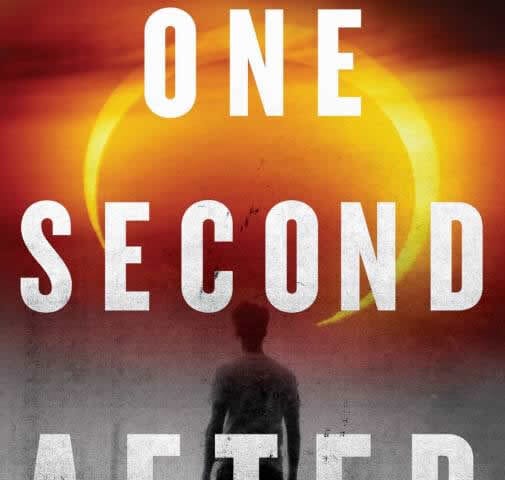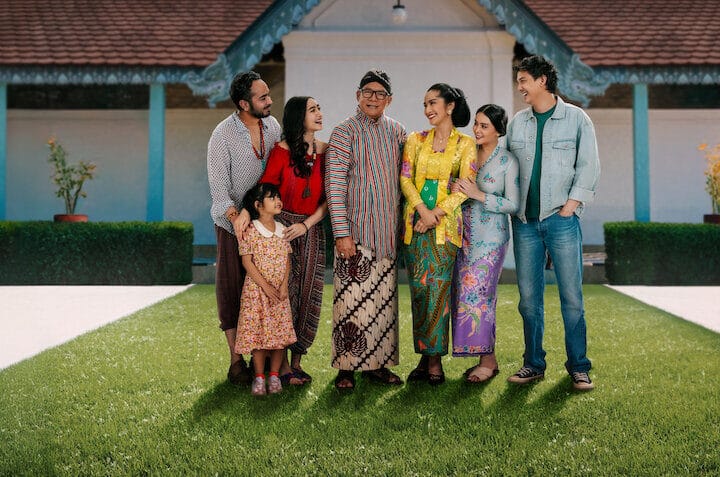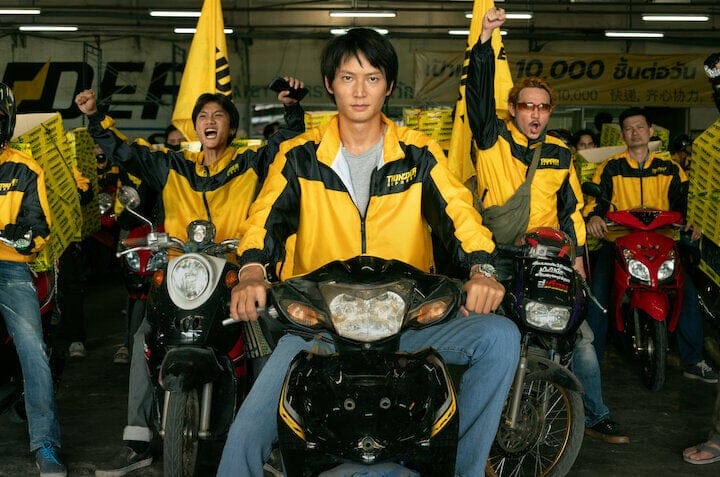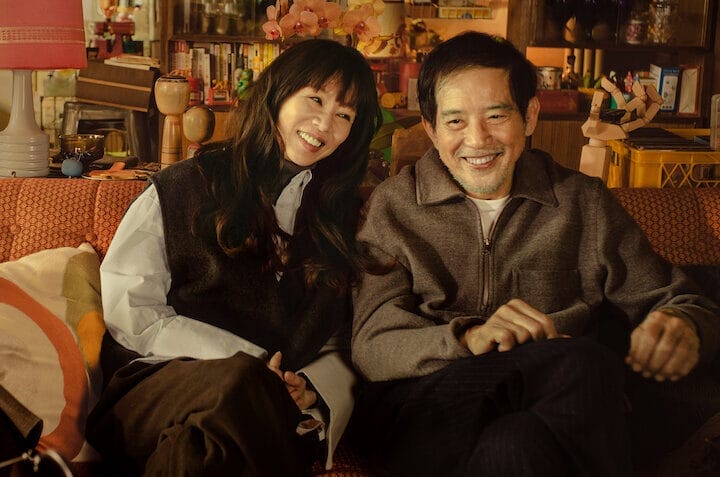The final season of the acclaimed Disney+ series, starring Diego Luna, concludes Cassian Andor’s journey with critical praise, complex characters, and direct ties to the 2016 Star Wars film.
The Revolution Returns
The final chapter of one of the most critically lauded Star Wars stories has arrived. Andor Season 2 premiered on Disney+ this week, bringing to a close the gritty, realistic tale of Cassian Andor’s transformation into a dedicated rebel spy. Launched in the U.S. on April 22nd and internationally on April 23rd, the second season has immediately garnered widespread praise, echoing the enthusiastic reception of its predecessor.
Starring Diego Luna as the titular character, Andor carved a unique path within the Star Wars universe with its mature themes, complex characters, and focus on the grim realities of building a rebellion against the oppressive Galactic Empire. This concluding 12-episode season serves as the direct narrative bridge connecting the events of Season 1 to the 2016 film, Rogue One: A Star Wars Story, promising to deepen the context and impact of that fateful mission. As the Empire tightens its grip and the seeds of revolution take root across the galaxy, Season 2 charts the final, perilous steps of Cassian Andor’s journey from cynical survivor to committed hero. The immediate critical response suggests that showrunner Tony Gilroy and his team have delivered a finale that not only meets but potentially surpasses the high expectations set by the first season.
“The Gold Standard”: Critics Hail Andor’s Final Act
The critics’ verdict is clear: Andor Season 2 is a triumph. Reviews have poured in, praising the final season for its exceptional writing, powerful performances, intricate plotting, and deep emotional resonance, solidifying its status as a high point for the Star Wars franchise in the Disney era. Many critics argue it transcends the franchise label, standing out as outstanding television in its own right.
A Rebellion Ignited: Plot, Structure, and a Four-Year Sprint to War
Andor Season 2 employs an ambitious and unique narrative structure to recount the escalating conflict and Cassian’s deepening involvement in the years immediately preceding Rogue One. The 12-episode season is divided into four distinct blocks, or arcs, of three episodes each. Each block represents a significant time jump, collectively spanning the four years from 4 BBY (Before the Battle of Yavin) to 1 BBY, the year Rogue One takes place. This structure covers the remainder of the five-year period of Cassian’s life as a rebel spy that the series aimed to depict, following Season 1’s focus on the first year.
This compressed timeline necessitates a dense narrative, accelerating the pace compared to Season 1’s deliberate slow burn. It reflects the quickening tempo of galactic events as the Rebellion begins to coalesce from scattered pockets of resistance into a more organized, though still fragile, movement. The season premiere finds Cassian, a year after the Ferrix uprising, already changed, offering encouragement to a nervous new rebel recruit with the words, “You’re going home to yourself,” showcasing his own journey towards commitment. His evolution into a key operative is central to the season’s arc.
Simultaneously, the Galactic Empire intensifies its oppressive measures, seeking to crush dissent and secure resources for its secret superweapon project: the Death Star. The construction of the battle station, glimpsed in Season 1’s post-credits scene, looms large, adding urgency to the rebels’ fight. Imperial storylines delve into ruthless tactics, such as plans discussed by high-ranking officers to mercilessly exploit planetary resources (“empty the mine” of a planet) and BSI Supervisor Dedra Meero leading a clandestine initiative under Director Krennic targeting the planet Ghorman. This focus on Imperial machinations and the rebels’ desperate struggle creates a tense atmosphere, described by some critics as akin to a World War II spy thriller, drawing parallels to the formation of the French Resistance. This grounding in historical analogs aligns with showrunner Tony Gilroy’s stated interest in the mechanics and human cost of real-world revolutions.
Coinciding with the narrative structure, Disney+ is releasing the season in corresponding blocks. The first three episodes launched simultaneously on April 22nd (U.S.) / April 23rd (UK/Australia), with subsequent three-episode batches arriving weekly on Tuesdays (U.S.) / Wednesdays (UK/Australia) until the final block premieres on May 13th/14th.
Faces of the Revolution (and the Empire): Characters Under Pressure
Season 2 delves deeper into the pressures and transformations of its core characters as they are caught in what showrunner Tony Gilroy calls the “vise of the revolution.” The escalating conflict tests loyalties, strains relationships, and exacts a heavy personal toll, moving beyond simple heroism to explore the complex human cost of rebellion.
Cassian Andor (Diego Luna): Having fully committed to the cause after Season 1, Cassian evolves into a hardened, capable rebel operative – the “singing, dancing, super spy-warrior-fighter” Gilroy described. However, his journey remains “emotionally heavy.” He grapples with his role and the sacrifices required but demonstrates growing empathy and leadership, as seen when guiding a new recruit. Luna’s performance continues to draw praise for capturing Cassian’s blend of external resolve and internal complexity.
Luthen Rael (Stellan Skarsgård): The enigmatic spymaster faces the dangerous task of scaling his clandestine network into a force capable of challenging the Empire. This transition forces him into the open, testing his ruthless pragmatism (“the ends justify the means”) and creating friction with Cassian’s more soulful approach. Skarsgård’s portrayal of this complex figure remains a critical highlight.
Mon Mothma (Genevieve O’Reilly): The Imperial Senator walks a dangerous tightrope, maintaining her political position while secretly funneling resources to the Rebellion. Season 2 escalates the personal cost, showing her navigating strained family dynamics, such as her daughter’s wedding on Chandrila, under immense pressure. She grapples with the effectiveness of her actions and her place in the fight. O’Reilly herself spoke of a “very brutal reality” triggering a moment of “chaos” for Mon Mothma early in the season.
Dedra Meero (Denise Gough) & Syril Karn (Kyle Soller): The ambitious BSI officer and the disgraced corporate security agent continue their unusual and intense partnership. Described as Star Wars’ “most devilish romance,” their dynamic explores ambition and complicity within the Imperial machine. Dedra takes charge of a secret operation for Director Krennic, while Syril claws his way up the bureaucratic ladder. The series portrays them not as caricatures but as motivated individuals with personal stakes, highlighting how ordinary people can become entangled in oppressive systems. Gough’s performance continues to be singled out for praise.
Bix Caleen (Adria Arjona): Cassian’s close friend from Ferrix grapples with the severe trauma and PTSD inflicted by the Empire in Season 1. Her journey explores the lasting psychological scars of resistance, and her relationship with Cassian undergoes significant shifts as the season progresses. Arjona spoke to the intensity of portraying Bix’s storyline.
K-2SO (Alan Tudyk): The fan-favorite Imperial security droid reprogrammed for the Rebellion makes his anticipated appearance. Season 2 explores his origins and how he first meets Cassian, building the foundation for their crucial partnership in Rogue One. However, reflecting the series’ overall serious tone, Tudyk noted that K2’s portrayal here is less “light and funny” and more “emotionally heavy” than in the film. Luna described reuniting on set with Tudyk as “delicious.”
Orson Krennic (Ben Mendelsohn): The ambitious Imperial Director overseeing the Death Star project returns, playing a key role in Season 2. He appears connected to Dedra Meero’s operations, directly linking the season’s Imperial storylines to the superweapon’s development and adding another layer of connection to Rogue One. Though an earlier report suggested Mendelsohn might not return, numerous confirmations from casting announcements, trailers, junkets, and reviews indicate his significant presence.
Other familiar faces, including Saw Gerrera (Forest Whitaker), Brasso (Joplin Sibtain), and potentially Maarva Andor (Fiona Shaw) via legacy or flashbacks, are also featured. Gilroy noted that attempts were made to include other legacy characters seen at the Yavin base in Rogue One, but scheduling conflicts and costs proved prohibitive for some.
Forging the Path to Rogue One: A Story Rewritten
More than just a lead-in, Andor Season 2 is poised to actively reshape audience understanding and appreciation of Rogue One: A Star Wars Story. The season’s narrative concludes precisely as the 2016 film begins, providing direct context for the characters and the stakes involved in the perilous mission to steal the Death Star plans.
This enrichment comes from witnessing the arduous journeys undertaken by the characters. Understanding Cassian’s full transformation from selfish thief to committed rebel, the origins of his bond with K-2SO, and the immense struggles faced by figures like Mon Mothma and the nascent Alliance at large provides deeper emotional resonance to their actions and ultimate fates in Rogue One. The series builds out backstories that were only hinted at in the film, making the characters more fully realized.
The series maintains its distinctive, serious tone throughout Season 2, deliberately avoiding some of the lighter, more adventurous moments present in Rogue One.
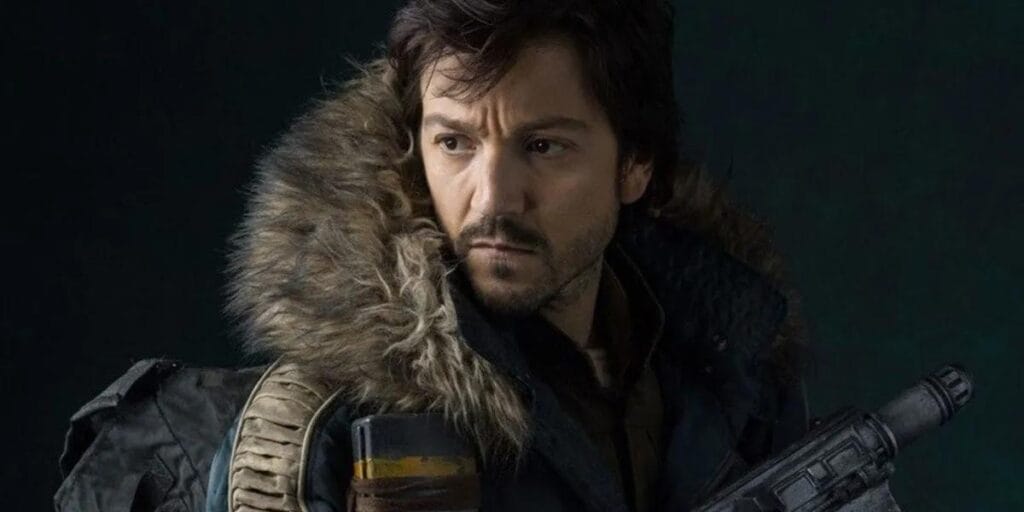
Crafting the Galaxy: Gilroy’s Vision and Production Realities
The creation of Andor, particularly its ambitious second season, was a significant undertaking marked by creative vision, substantial resources, and considerable real-world challenges. Creator Tony Gilroy, who also penned the season’s first three episodes, is widely credited with establishing the series’ distinctive identity – a mature, politically charged spy thriller grounded in human drama and inspired by history and real-world revolutions.
Production operated on a massive scale, utilizing practical sets and significant resources, which Gilroy suggested might be unrepeatable in the current industry climate. The reported combined budget for both seasons reached an impressive $645 million. This investment came under threat during budget negotiations for Season 2. Gilroy, alongside Luna and executive producer Sanne Wohlenberg, strongly advocated for maintaining the series’ quality, reportedly telling Disney they “would rather not do it than do it mediocre.” Disney ultimately committed the necessary funds, a decision potentially influenced by the series’ critical acclaim and its unusual viewership pattern.
The production itself navigated significant disruptions. The 2023 Hollywood writers’ (WGA) and actors’ (SAG-AFTRA) strikes significantly impacted the timeline. Gilroy revealed that writing concluded just days before the WGA strike began, allowing blueprints to be finalized, but filming was ultimately halted by the SAG strike. This pause necessitated “bold filmmaking tricks to solve problems” upon resuming and led to the season’s release being pushed from a planned 2024 window to April 2025. Both Luna and Tudyk acknowledged the tense atmosphere on set due to the impending strikes.
Another challenge arose when Season 1’s acclaimed composer, Nicholas Britell, had to step away early in Season 2’s development due to personal reasons. Brandon Roberts stepped in to score the majority of the season, tasked with interpreting Britell’s established themes while bringing his own approach. Gilroy expressed initial despair but ultimately praised Roberts’ work as a successful collaboration. Britell remains credited for composing music for two episodes and providing additional themes.
Despite these hurdles, Gilroy emphasized a collaborative environment, particularly with the season’s directors – Ariel Kleiman (Eps 1-6), Janus Metz (Eps 7-9), and Alonso Ruizpalacios (Eps 10-12) – allowing them significant creative freedom within the series’ established visual language. Gilroy also acknowledged the pivotal role of The Mandalorian‘s success in enabling a riskier, tonally different series like Andor to exist, dismissing online narratives pitting the creative teams against each other.
How to Watch Andor Season 2
Andor Season 2 is available to stream exclusively on Disney+. The first three episodes premiered in the United States on Tuesday, April 22nd, at 9 p.m. ET / 6 p.m. PT. For viewers in the UK and Australia, the premiere occurred on Wednesday, April 23rd, at 2 a.m. BST and 11 a.m. AEST, respectively.
Andor Season 2 Episode Release Schedule
The release plan is as follows:
- April 22nd: Episodes 1–3
- April 29th: Episodes 4–6
- May 6th: Episodes 7–9
- May 13th: Episodes 10–12
The End of the Legacy
With its final season, Andor cements its legacy not just as exceptional Star Wars, but as exceptional television. The concluding chapter fulfills the promise of its predecessor, delivering a narratively ambitious, emotionally resonant, and critically acclaimed finale that masterfully bridges the gap to Rogue One.
The series stands as a testament to the potential within franchise storytelling when mature themes, intricate character development, and a grounded perspective are prioritized. It successfully navigated the complexities of prequel storytelling, enriching the events and characters of Rogue One and adding palpable weight to the sacrifices made in the name of rebellion. Through its exploration of the cost of revolution, the nuances of oppression, and the enduring power of hope against overwhelming odds, Andor offers a Star Wars story with remarkable contemporary relevance and depth.
Cassian Andor’s journey, from reluctant survivor to pivotal figure in the Alliance, reaches a powerful and satisfying conclusion, brought to life by Diego Luna and a stellar cast under the meticulous guidance of Tony Gilroy and his creative team. Having overcome significant production challenges, the final season stands as a benchmark of quality, ambition, and intelligent storytelling within a blockbuster franchise.
Don’t miss it.

